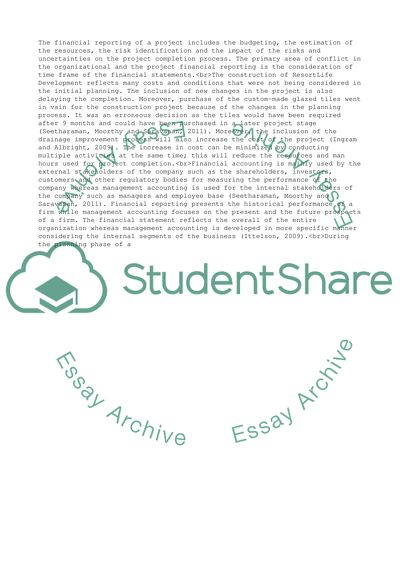Cite this document
(Commercial project management Essay Example | Topics and Well Written Essays - 1500 words, n.d.)
Commercial project management Essay Example | Topics and Well Written Essays - 1500 words. https://studentshare.org/finance-accounting/1842503-commercial-project-management
Commercial project management Essay Example | Topics and Well Written Essays - 1500 words. https://studentshare.org/finance-accounting/1842503-commercial-project-management
(Commercial Project Management Essay Example | Topics and Well Written Essays - 1500 Words)
Commercial Project Management Essay Example | Topics and Well Written Essays - 1500 Words. https://studentshare.org/finance-accounting/1842503-commercial-project-management.
Commercial Project Management Essay Example | Topics and Well Written Essays - 1500 Words. https://studentshare.org/finance-accounting/1842503-commercial-project-management.
“Commercial Project Management Essay Example | Topics and Well Written Essays - 1500 Words”. https://studentshare.org/finance-accounting/1842503-commercial-project-management.


